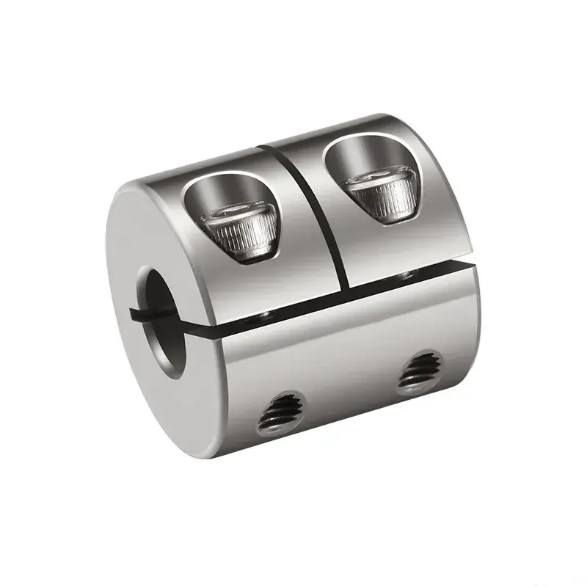The shaft coupling is a form of manufacturing used to connect machinery pieces. It’s one of the more common types of manufacturing, and it’s essential for many different industries. In this blog post, we will provide tips to know about shaft coupling and how it works. We will also discuss some of the benefits and challenges of this type of manufacturing.
How shaft coupling works?
The shaft coupling is the process of connecting a shaft to a differential. The differentials provide movement between the driving and driven elements, and shaft coupling allows for precise movement between the two.
There are two main types of shaft coupling: direct and indirect. Direct coupling uses a fixed coupler that connects the shafts directly. Indirect coupling uses a slip yoke that transfers power through an intermediary gear set.
Direct coupling is typically used when there’s limited space or precision is required. Indirect coupling is more common because it’s less expensive and easier to create.
To ensure accurate movements, both couplings need to be in good condition. Check for loose or worn parts, and make sure the gears mesh properly. If there are problems, have the couplers replaced as soon as possible. Go now on the link to buy shaft coupling now!
Types of shaft coupling
The shaft coupling is a type of coupling used to join two shafts. This coupling can be a direct connection or an indirect connection. There are several types of shaft coupling, each with its own advantages and disadvantages.
The two shafts are connected directly by a cross-member indirect coupling. This type of coupling is the most common and simplest to use. However, it can be difficult to align the shafts accurately, and there is a risk of damage if the cross member fails.
In indirect coupling, the cross member is replaced by two bellows-type tubes that connect the shafts at an angle. This type of coupling is more complex than direct coupling but also more durable. It can be easier to align the shafts accurately, but there is a risk of cross-threading if the tubes fail.
Another type of shaft coupling is worm wheel coupling. This type of coupling uses eccentrics attached to either side of the wheel hub to connect the shafts. Worm wheel coupling is less common than other types of couplings but has some advantages over other types: it’s relatively easy to lubricate and maintain, and it’s resistant to wear caused by vibration or movement.
Benefits of shaft coupling
The shaft coupling is a type of coupling that connects two shafts together. It is mainly used in industries like mining, construction, and manufacturing. The benefits of shaft coupling are as follows:
- Reduced installation time: Shaft coupling can be installed quickly compared to other couplings.
- Reduced noise levels: Shaft coupling usually produces less noise than other couplings.
- Improved efficiency: By connecting two shafts together, the efficiency of each one is increased. This leads to reduced costs and improved productivity.
- Improved safety: Shaft coupling helps to improve safety by making it difficult for objects to fall onto workers below or into the engine and machine rooms.
How to choose the right shaft coupling?
When choosing a shaft coupling, it is important to consider the following factors:
-The type of coupling (ball or snap): Ball couplings are more common and are typically less expensive. However, they may not be able to handle high loads and can become loose over time. Snap couplings are stronger and have a tighter fit, but they can be more difficult to install.
-The application: Couplings for industrial applications should be robust enough to handle heavy loads and temperatures. Couplings for agricultural applications should be designed to withstand harsh weather conditions and shock loads.
-The size: Couplings should fit the shafts they are being used on snugly but not tightly. Too tight a fit can cause damage to the coupling or the shafts, while too lose a fit can result in vibration and noise.
– The type of material: Some materials require a specific type of coupling due to their characteristics (such as metal vs. plastic). To ensure compatibility, it is important to check with the manufacturer before making any purchase decisions.
Conclusion
Now that you know more about shaft coupling, it’s time to apply those new skills! There are a few things to remember when coupling shafts: first, always use the proper tool for the job. Second, ensure your hands and arms are well-greased, so the shafts move smoothly together. And finally, be patient – coupling shafts is not a quick process! But with practice and a bit of dexterity, you’ll be able to turn any pair of machined parts into an amazing sex toy in no time at all.
Read More: Gifting Idea: Converting VHS to DVD
